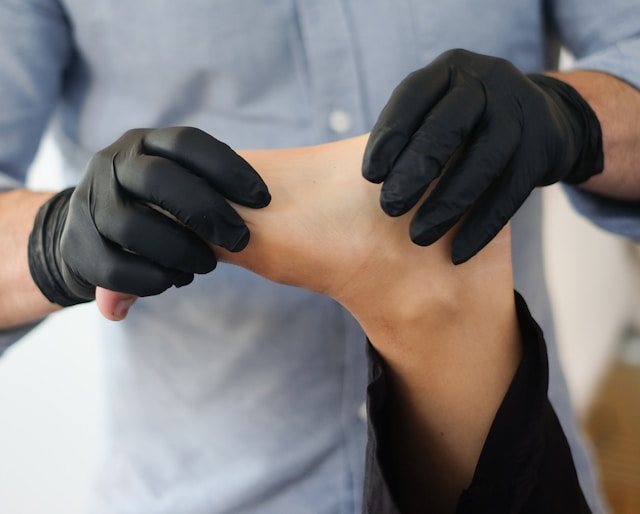- Change theme
Rebuilding Connections: How Regenerative Neurotherapy Repairs Damaged Nerves

The nervous system is the body’s communication network, responsible for transmitting signals between the brain, spinal cord, and the rest of the body.
05:46 19 February 2025
The nervous system is the body’s communication network, responsible for transmitting signals between the brain, spinal cord, and the rest of the body. When nerves become damaged due to injury, disease, or aging, it can lead to pain, numbness, weakness, and loss of function. For many years, nerve damage was considered permanent, with treatment options focused only on symptom management. However, regenerative neurotherapy is transforming the way we approach nerve repair by promoting actual regeneration and healing.
By harnessing advances in stem cell therapy, growth factors, neurostimulation, and bioengineered materials, regenerative neurotherapy is helping rebuild damaged nerve connections and restore function to those affected by conditions like peripheral neuropathy, spinal cord injuries, and neurodegenerative diseases.
How Nerves Heal: The Challenges of Regeneration
Unlike other tissues in the body, nerves have a limited ability to regenerate, especially in the central nervous system (CNS). While peripheral nerves (those outside the brain and spinal cord) have some capacity for repair, severe damage often leads to incomplete recovery. This is because nerve cells, particularly their long extensions called axons, must regrow and reconnect in highly complex ways.
For nerve repair to be successful, three critical processes must occur:
- Axon Regeneration – The damaged nerve fibers must regrow and find their original connections.
- Cell Survival and Protection – The surrounding nerve cells and supporting cells must remain healthy.
- Functional Recovery – The repaired nerves must successfully transmit signals to restore movement and sensation.
Regenerative neurotherapy addresses these challenges using innovative medical techniques that stimulate nerve growth, reduce inflammation, and enhance healing.
Cutting-Edge Therapies in Regenerative Neurotherapy
- Stem Cell Therapy
Stem cells are powerful tools in nerve repair because they can differentiate into nerve cells and release healing factors that stimulate regeneration. Research has shown that stem cell injections can reduce inflammation, promote axon growth, and restore lost function in patients with nerve injuries and degenerative diseases.
- Growth Factor Therapy
Growth factors are proteins that stimulate nerve regeneration. Key molecules like nerve growth factor (NGF), brain-derived neurotrophic factor (BDNF), and glial cell-derived neurotrophic factor (GDNF) are used to encourage axon repair and improve neuron survival. These are being incorporated into treatments such as injectable therapies and bioengineered scaffolds.
- Electrical Stimulation and Neurostimulation
Devices like transcutaneous electrical nerve stimulation (TENS) and spinal cord stimulators deliver targeted electrical pulses to promote nerve regrowth and reduce pain. This technology is particularly useful in treating chronic nerve injuries and neuropathy.
- Bioengineered Scaffolds and Hydrogels
Scientists are developing biodegradable nerve conduits that guide regenerating axons toward their targets. These scaffolds are often infused with growth factors or stem cells to enhance healing. Hydrogels, a type of biomaterial, can also be used to provide a supportive environment for nerve cells to grow.
Conclusion
Regenerative neurotherapy is offering hope to millions of people suffering from nerve damage. As clinical trials advance and therapies become more accessible, these innovative treatments could soon become standard care for conditions once thought untreatable.
By combining biology, technology, and medicine, regenerative neurotherapy is paving the way for a future where nerve damage is no longer a lifelong disability but a reversible condition with real solutions.
